Australia's National Waste Report shows that 531,000 tonnes of e-waste was generated in the country in 2020-2021. That means the average Australian generates more than 20kg of waste, far exceeding the global average per capita of about 7kg, said Rebecca Gilling, CEO of the environmental organisation Planet Ark.
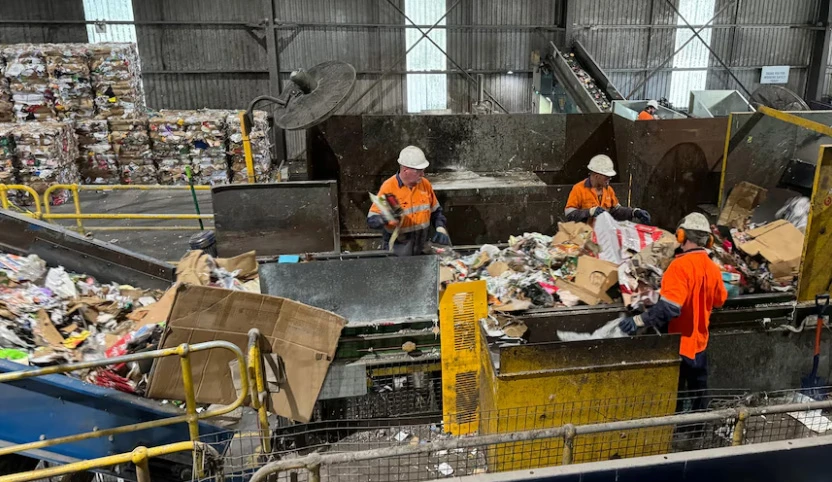
About 54% of these are sent for recycling and about 35% are recovered. Batteries are one of the most concerning e-waste categories. Estimates suggest that 90% of used batteries in Australia end up in landfill, leaching toxic substances into soil and water. However, if properly disposed of, 95% of battery components can be recycled into new products.
To address this, Australian state and territory governments have partnered with B-cycle, a federal government -backed program, to set up collection points for used household batteries at community recycling centers and major retail outlets. Authorities also recommend that, even when disposing of unused batteries in designated areas, people still take a simple safety measure to avoid the risk of fire or explosion. There are some exceptions to the B-cycle recycling program for batteries, including lithium batteries commonly used in electric bicycles and scooters.
According to Professor Tianyi Ma of RMIT University, lithium-ion batteries are used in more everyday devices than we can imagine, for example in smartphones, laptops, tablets and digital cameras, larger devices such as electric vehicles, cars, motorbikes and even devices for grid energy storage in solar farms. The main risk with lithium-ion batteries is the risk of explosion, because lithium itself is a quite explosive metal.
To avoid risks, Professor Tianyi Ma recommends storing lithium-ion batteries in a cool, dry place and in a non-conductive container to prevent short circuits. Many local electronics stores and waste management services offer battery recycling services, such as Officeworks, Woolworths, Aldi, Bunnings, etc. When removing lithium batteries from products by hand safely, the battery terminals must be taped with non-conductive tape, similar to masking tape, before sending them to a designated recycling location. Professor Ma stressed that safety is paramount when disposing of old batteries.
There are also a number of product stewardship schemes across Australia for the recycling of electronic devices. Under these schemes, manufacturers and importers of such products are required to fund recycling efforts. Phone accessories and related devices are also accepted for recycling under the scheme, such as chargers, accessories, modems, wearables and smart home devices. Recycling phones through mobile collection is free, through one of 3,000 collection points across Australia, or by mail by visiting mobilemuster.com.au and entering your postcode. Mobile phone batteries are also recycled through the Mobile Muster scheme if they are still in the device. If the battery has been removed, it will be sent for recycling through the battery-specific B-cycle scheme.
LAM DIEN
Source: https://www.sggp.org.vn/muon-mau-tai-che-rac-dien-tu-post745733.html







![[Photo] Closing of the 13th Conference of the 13th Party Central Committee](https://vphoto.vietnam.vn/thumb/1200x675/vietnam/resource/IMAGE/2025/10/08/1759893763535_ndo_br_a3-bnd-2504-jpg.webp)



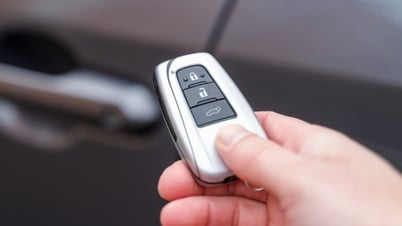


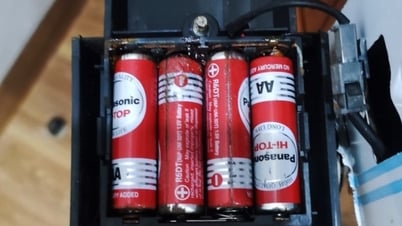

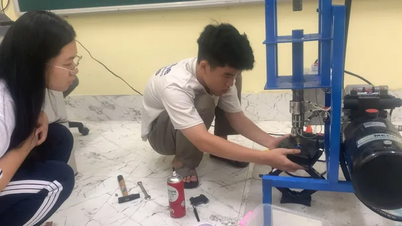





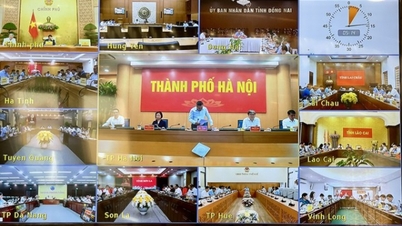
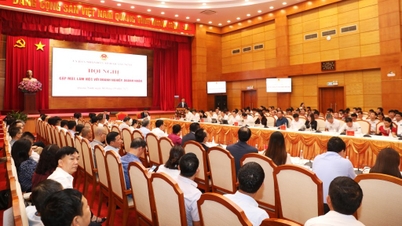
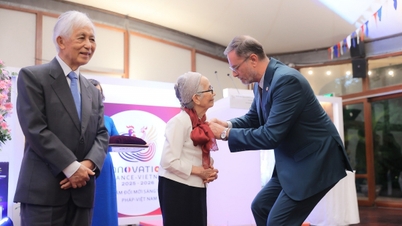






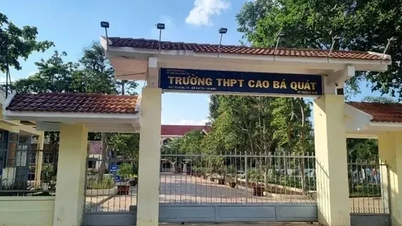
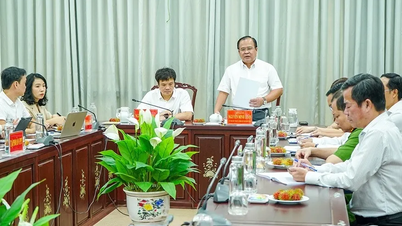






















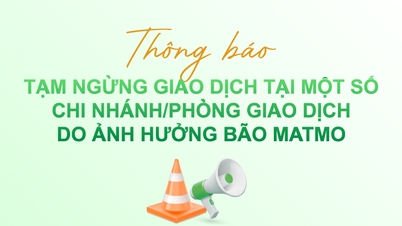


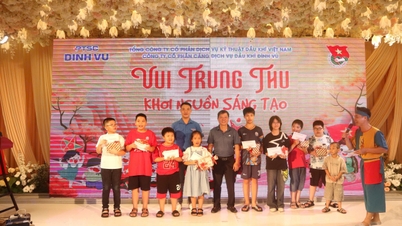




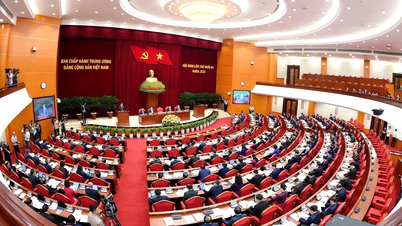

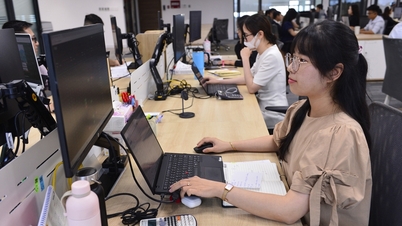

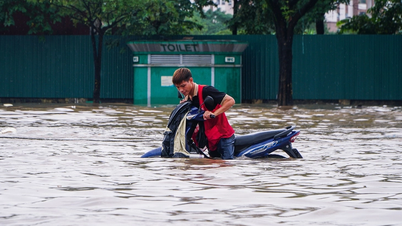






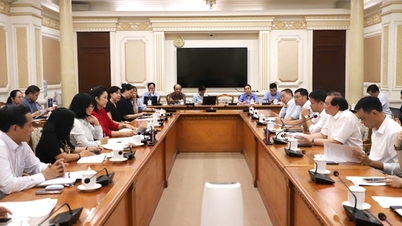









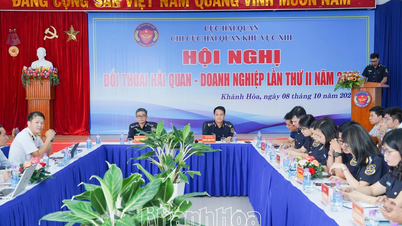


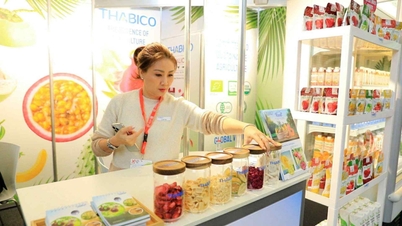













Comment (0)